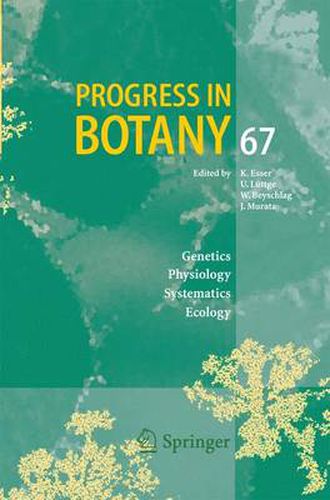Readings Newsletter
Become a Readings Member to make your shopping experience even easier.
Sign in or sign up for free!
You’re not far away from qualifying for FREE standard shipping within Australia
You’ve qualified for FREE standard shipping within Australia
The cart is loading…






This title is printed to order. This book may have been self-published. If so, we cannot guarantee the quality of the content. In the main most books will have gone through the editing process however some may not. We therefore suggest that you be aware of this before ordering this book. If in doubt check either the author or publisher’s details as we are unable to accept any returns unless they are faulty. Please contact us if you have any questions.
Completing the primary genomic sequence of Arabidopsis thaliana was a major milestone, being the first plant genome and well established as the premiere model species in plant biology. Since working drafts of rice (Oryza sativa L.) genome became available (Yu et al. 2002), it has become the s- ond-best model organism in plants representing monocotyledons. Understanding how the genome sequence comprehensively encodes de- lopmental programs and environmental responses is the next major ch- lenge for all plant genome projects. This requires functional characterization of genes, including identification of regulatory sequences. Several functional genomics approaches were initiated to decode the linear sequence of the model plant Arabidopsis thaliana, including full-length cDNA collections, microarrays, natural variation, knockout collections, and comparative sequence analysis (Borevitz and Ecker 2004). Genomics provides the ess- tial tools to speed up the research work of the traditional molecular gene- cist, and is now a scientific discipline in its own right (Borevitz and Ecker 2004).
$9.00 standard shipping within Australia
FREE standard shipping within Australia for orders over $100.00
Express & International shipping calculated at checkout
This title is printed to order. This book may have been self-published. If so, we cannot guarantee the quality of the content. In the main most books will have gone through the editing process however some may not. We therefore suggest that you be aware of this before ordering this book. If in doubt check either the author or publisher’s details as we are unable to accept any returns unless they are faulty. Please contact us if you have any questions.
Completing the primary genomic sequence of Arabidopsis thaliana was a major milestone, being the first plant genome and well established as the premiere model species in plant biology. Since working drafts of rice (Oryza sativa L.) genome became available (Yu et al. 2002), it has become the s- ond-best model organism in plants representing monocotyledons. Understanding how the genome sequence comprehensively encodes de- lopmental programs and environmental responses is the next major ch- lenge for all plant genome projects. This requires functional characterization of genes, including identification of regulatory sequences. Several functional genomics approaches were initiated to decode the linear sequence of the model plant Arabidopsis thaliana, including full-length cDNA collections, microarrays, natural variation, knockout collections, and comparative sequence analysis (Borevitz and Ecker 2004). Genomics provides the ess- tial tools to speed up the research work of the traditional molecular gene- cist, and is now a scientific discipline in its own right (Borevitz and Ecker 2004).